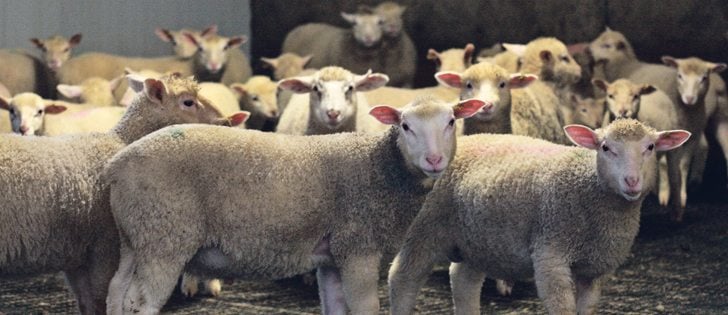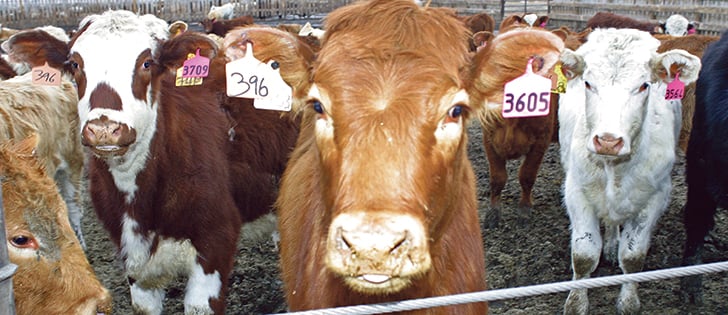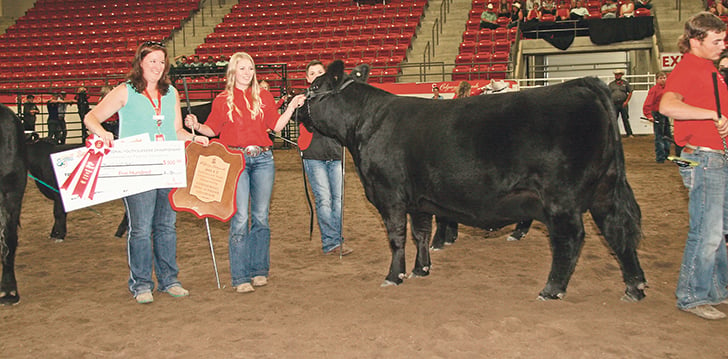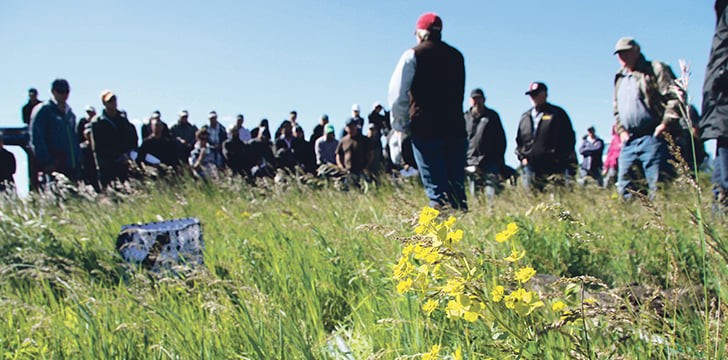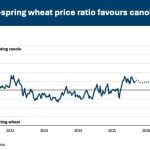Trevor Gompf’s wide smile could be attributed to celebrating his birthday Nov. 12.
More likely, it was because his family’s bison operation, Bison Spirit Ranch, consigned the top-selling animal at the national bison sale held during Canadian Western Agribition in Regina that same day.
The ranch also showed the grand champion bull during the preceding show.
Gompf said the bison industry is strong right now, and he is happy to be a part of it.
“It’s probably never been in a better position,” he said.
Read Also
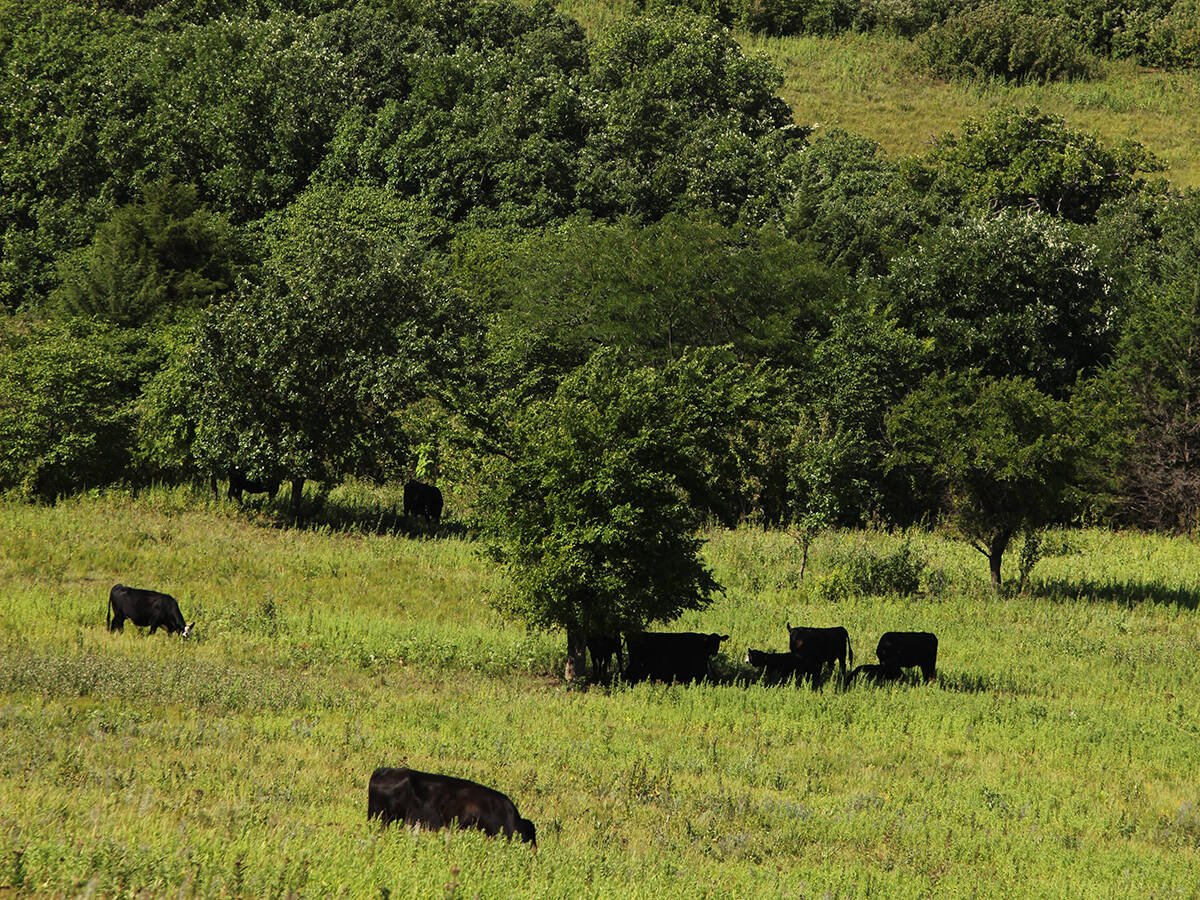
Beef cattle more prone to trace mineral deficiencies
The trace mineral status of our cows and calves is a significant challenge for western Canadian producers and veterinarians.
“It’s got a real good meat demand and things are just going along smooth.”
The Gompfs have been in the bison business near Oak Lake, Man., since 1997. They run four cow herds totalling 140 head and focus on top quality.
The high seller was a horned, wood-cross yearling bull weighing 1,248 pounds, which sold for $8,250 to Silver Creek Bison.
The grand champion bull, consigned by Silver Creek, went to K1 Bison at Weyburn, Sask.
“It’s always good when you get a little bit extra,” Gompf said of the price.
Overall, he said prices were good for some stock and average for others.
Canadian Bison Association president Mark Silzer, re-elected to that position for the 10th time during the Nov. 11 annual general meeting, said the better stock sold well.
“Certainly the bulls were a little bit softer than I thought they would be, but the heifers were fairly strong and that bodes well because that’s the factory for the industry,” he said.
Auctioneer Brennin Jack said two-year-old bulls averaged $2,913, or $2.52 per pound, while yearling bulls averaged $2,150, or $3.50 per lb., and calves averaged $1,194 for $2.50 per lb.
Two-year-old bred heifers sold for an average $4,086, or $3.72 per lb., yearlings for $1,543, or $2.44 per lb., pens of two yearling heifers $1,450, or $2.34 per lb., and pens of two heifer calves for $1,083 or $2.54 per lb.
Silzer said the industry requires more producers.
“The meat market is stable and it’s solid,” he said.
“The recent EU announcement (of a potential trade deal with Canada, including bison) is going to be very positive for this industry.”
He said many producers have built to capacity and would need more land to grow further.
“That said, last year was a tough year, especially down in the States with the drought,” Silzer said.
“Although they did get some rain this year, they’re still cautious, and I think we’re going to see another year before we really start to see some of those people building those herds back.”
The CBA plans to conduct its own census of bison producers next spring to determine exact cow herd numbers. The most recent federal census didn’t include the spring calf crop for that year, and Silzer said the industry needs accurate numbers to be able to develop marketing plans.
The census will break out categories such as two-year-old bred heifers and replacement heifers to provide better numbers than just the total number of bison on farms, which is what the federal census provides.
“Meat prices are strong, but we’re struggling with needing to connect and get more producers on board,” Silzer said.
“The environmental conditions have forced some producers to downsize, but I think now when you look at where things are going, and feed costs have come down, it will enhance the profits of producers.”
Gompf was buying and selling during the Agribition sale.
He said he always looks to producers of good breeding stock to replace stock in his herd and bring in new genetics.
One of his purchases included the grand champion female, a two-year-old bred heifer from Nolan and Nicole Miller’s Silver Creek Bison of Binscarth, Man., for $7,000.
The Millers also showed the reserve champion female and reserve champion bull.



